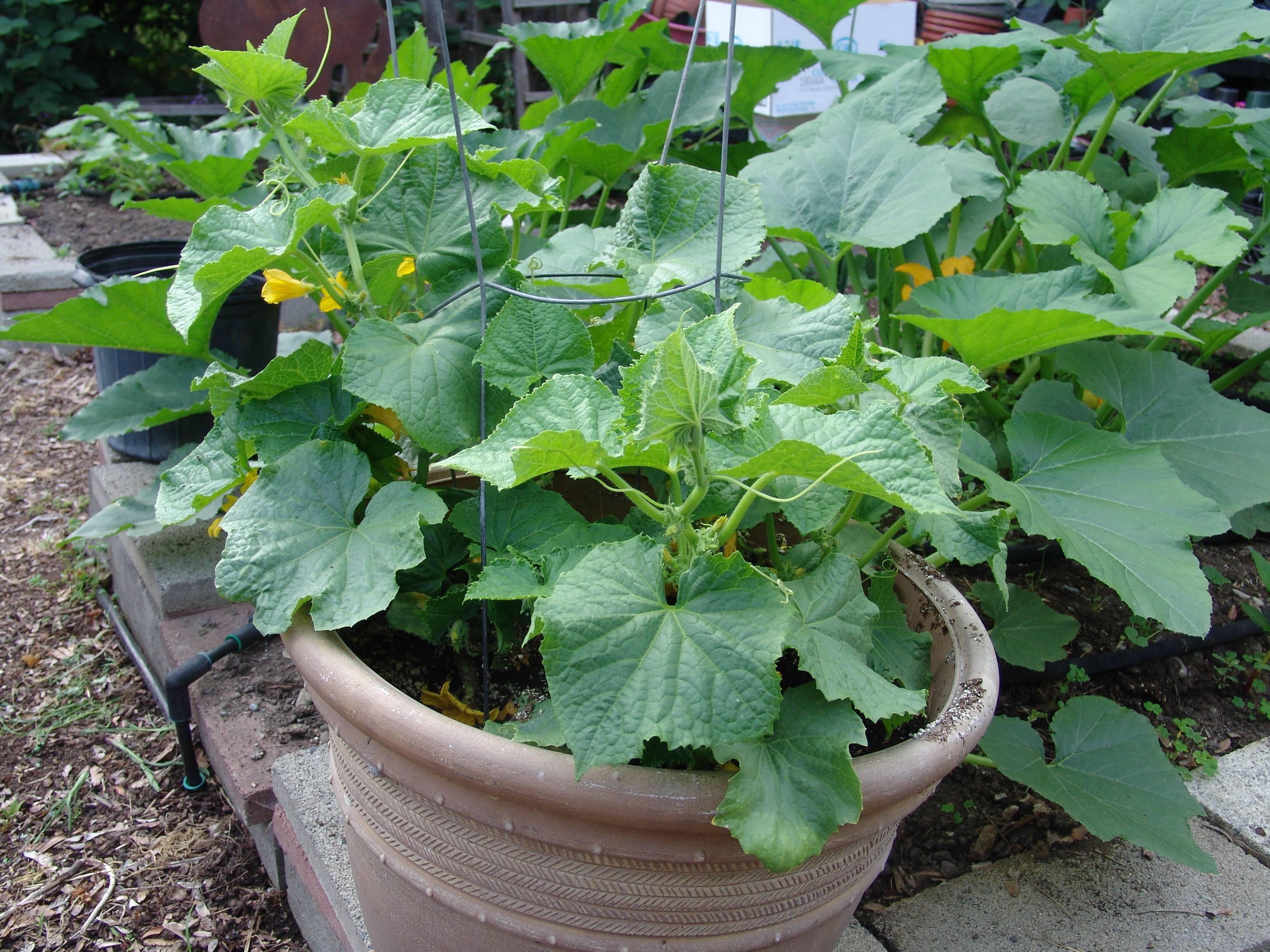I feel like I am just awakening from hibernation. The bears have it right, taking a nap in the winter. Although I wouldn’t exactly call it a winter. Very little snow. That makes a lot of people happy but I live HERE for the four seasons. What this does for me, is make me antsy. I hear the birds chirping, I don’t need a coat for the most part and I am chomping at the bit to start our plants.
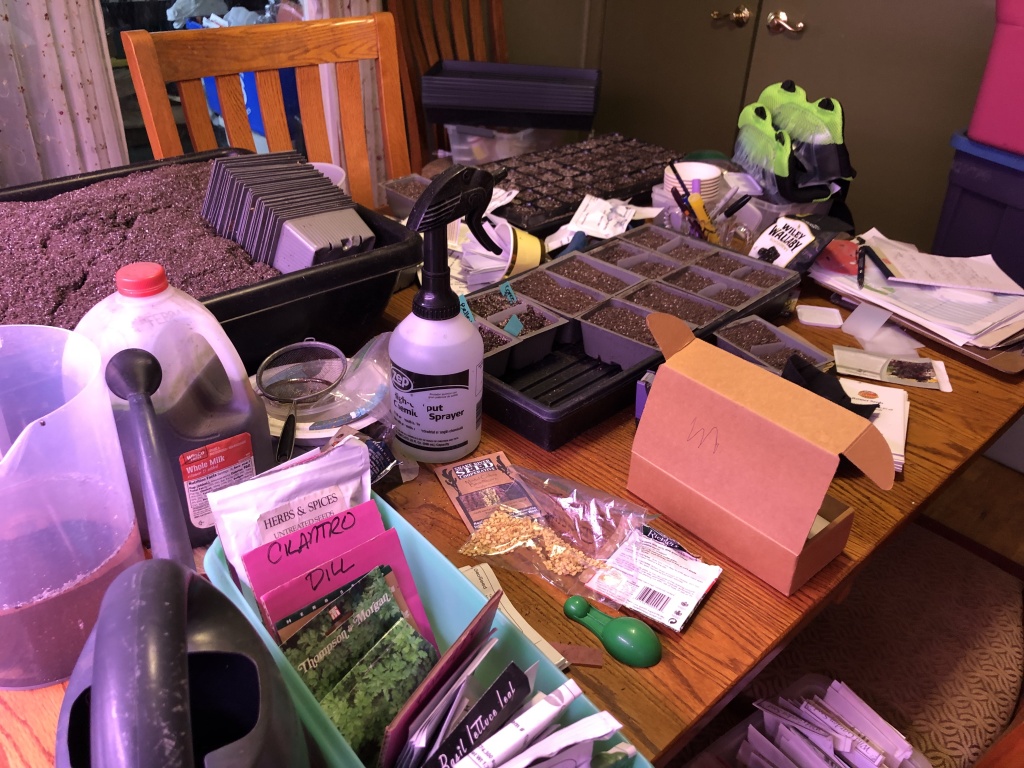
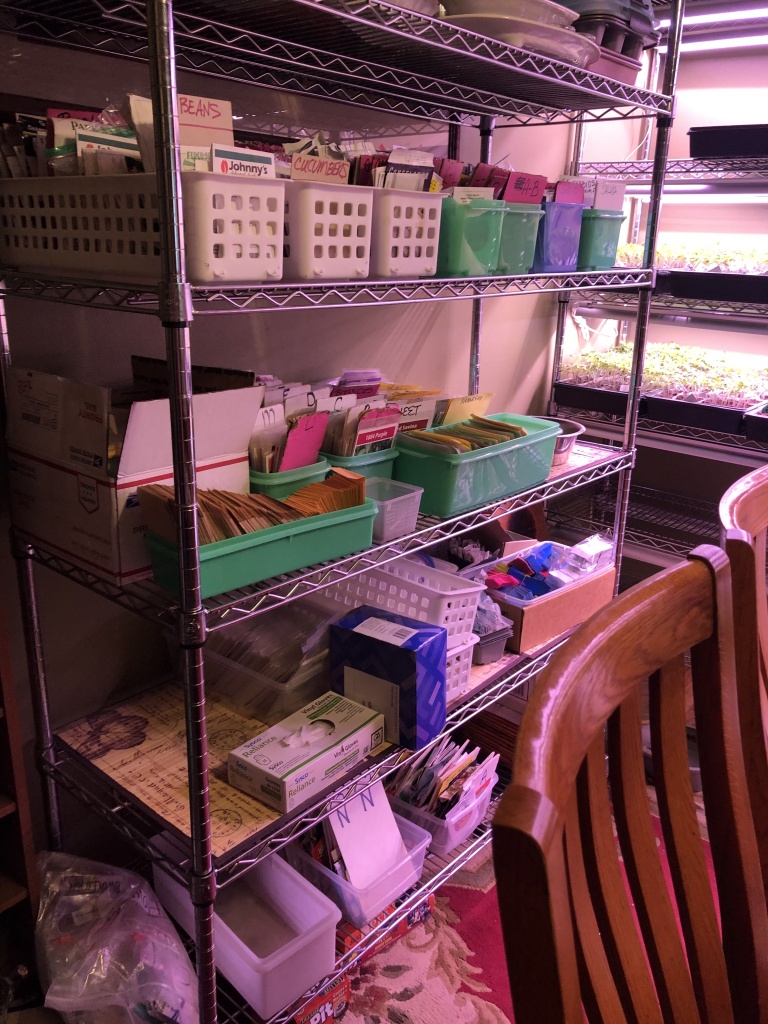
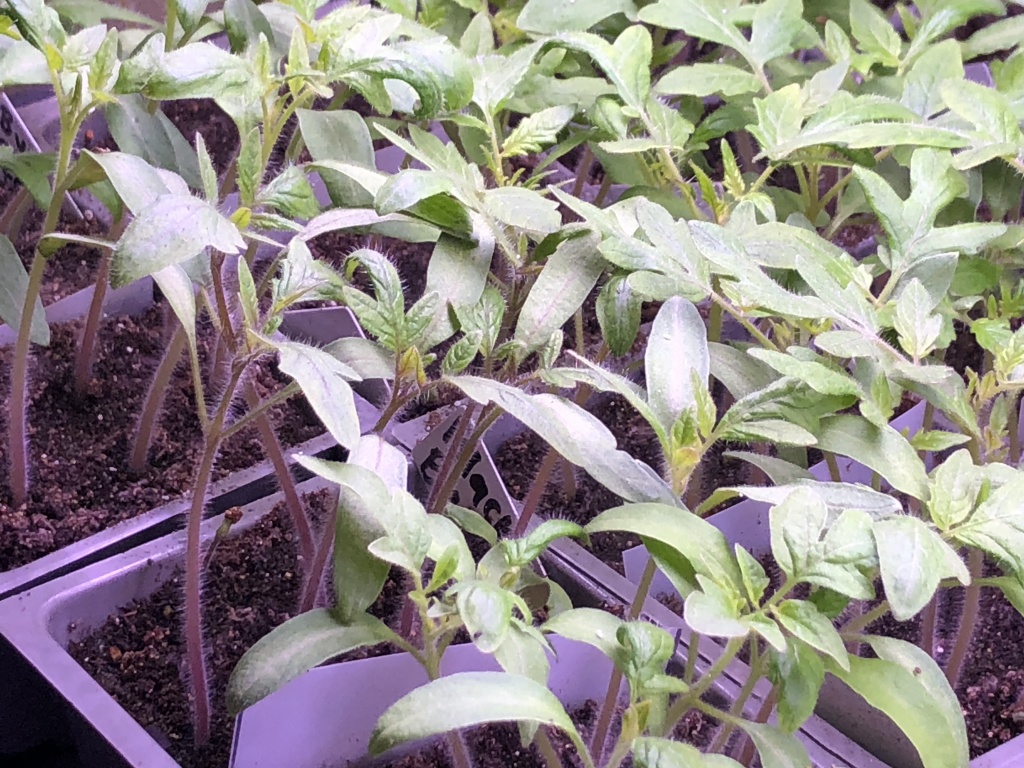

I spend a lot of time looking online at seed catalogs, choosing new and old varieties of tomatoes, peppers, veggies, and flowers. It is a veritable buffet out there. So far, I have 357 varieties of tomatoes, 64 kinds of lettuce, and 126 kinds of peppers and the number of flowers is almost incalculable.
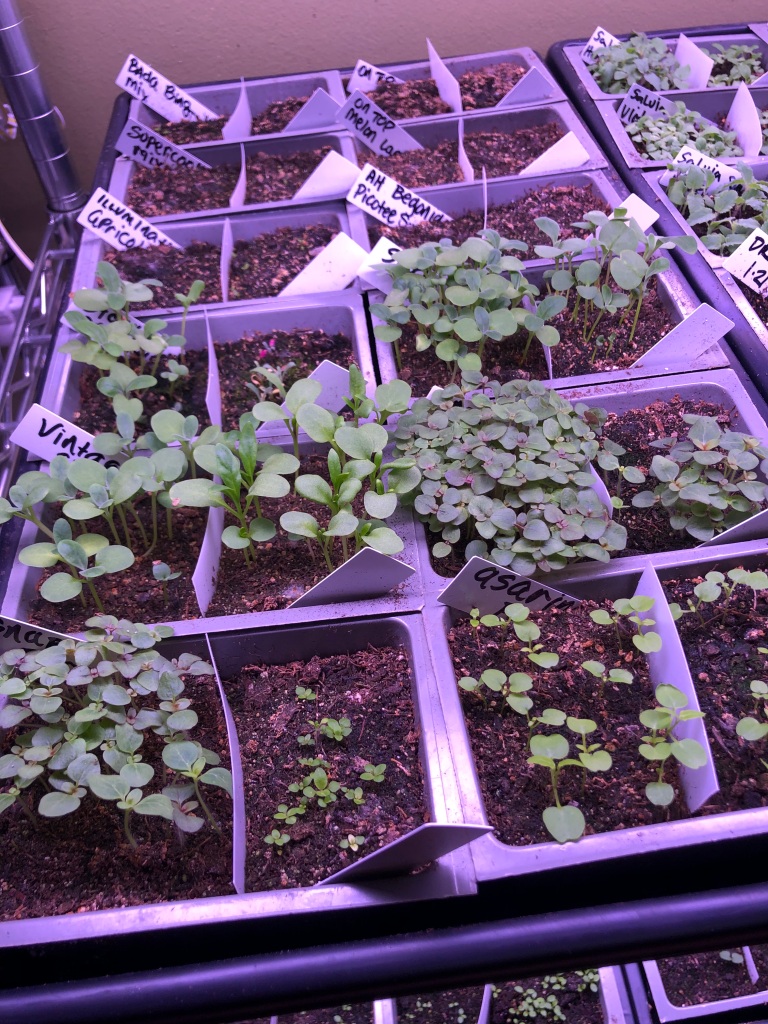
Now that I’ve found out I can grow teeny, tiny seeds that look like dust, I am growing all of them I can. Of course, for things like coleus, begonia, and petunias, I am finding the benefits of using pellleted seeds. I am even trying calceolaria. Talk about dust. You want to plant maybe 30 or 40 plants, no, what you have in your hand is more like 5000 seeds, or so it seems.
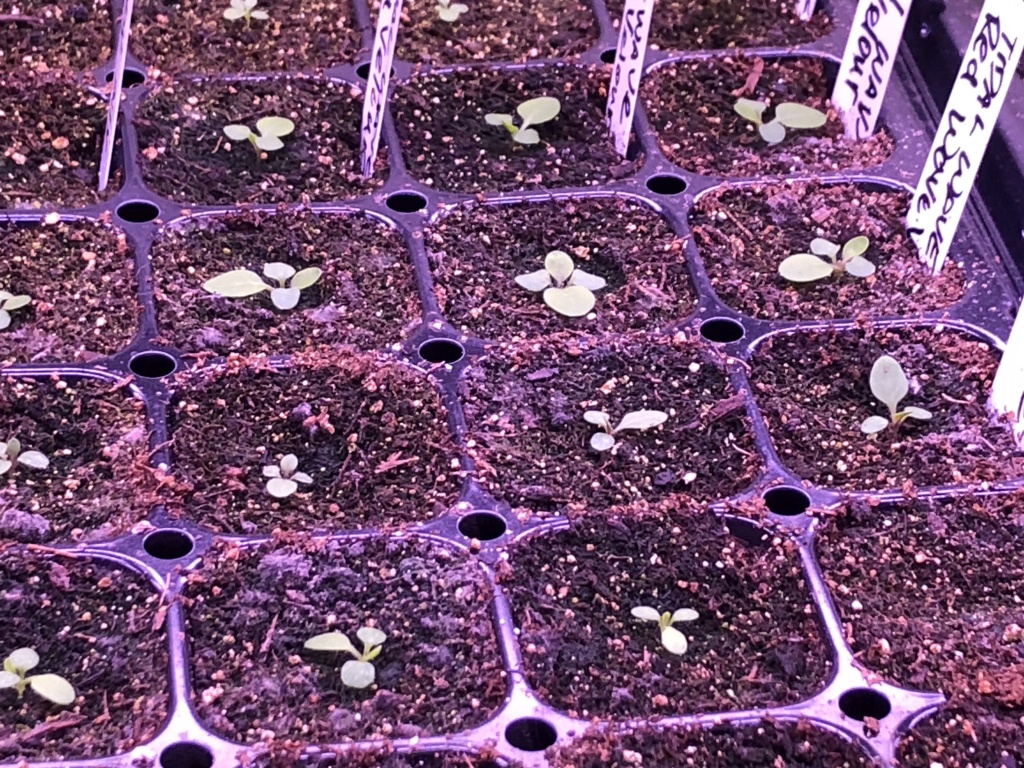
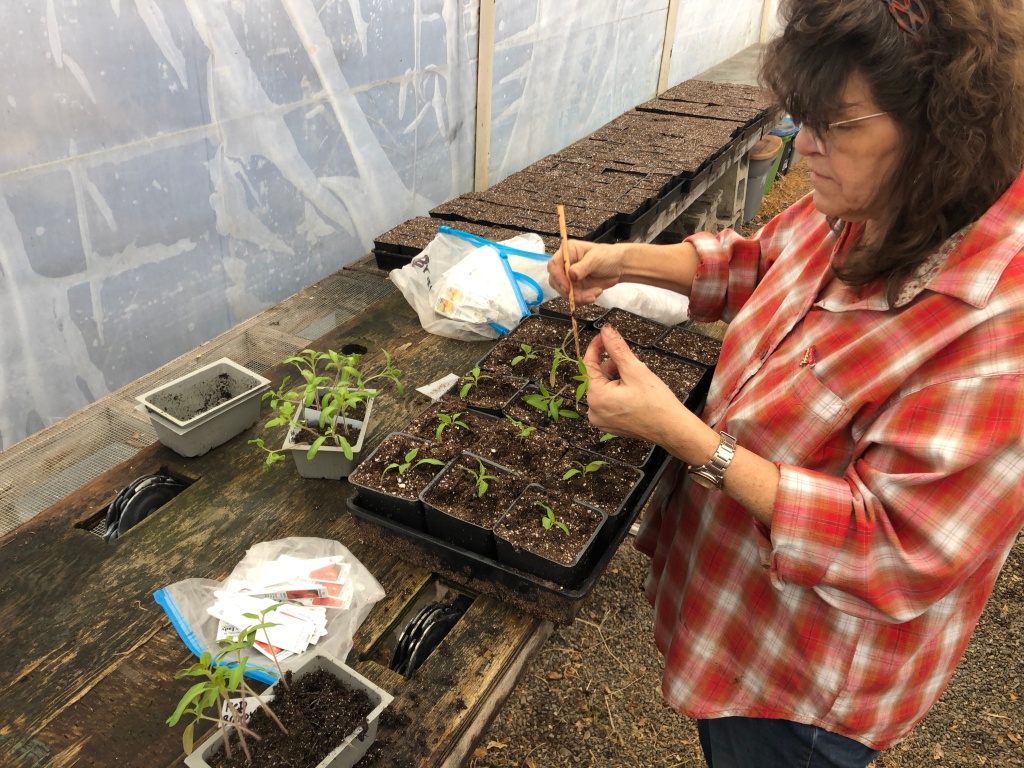
So it begins, transplanting. We put a couple of heaters out in the greenhouse for me to work and not freeze, a fine music system (well actually my iPhone and a Bose speaker) and I am happy as a clam. There’s something about playing in the dirt.
Today I have transplanted 600 tomatoes. Only a billion more to go. I am glad I love doing plants although it can be overwhelming at times. They say that if you find something you love, you’ll never work a day in your life!
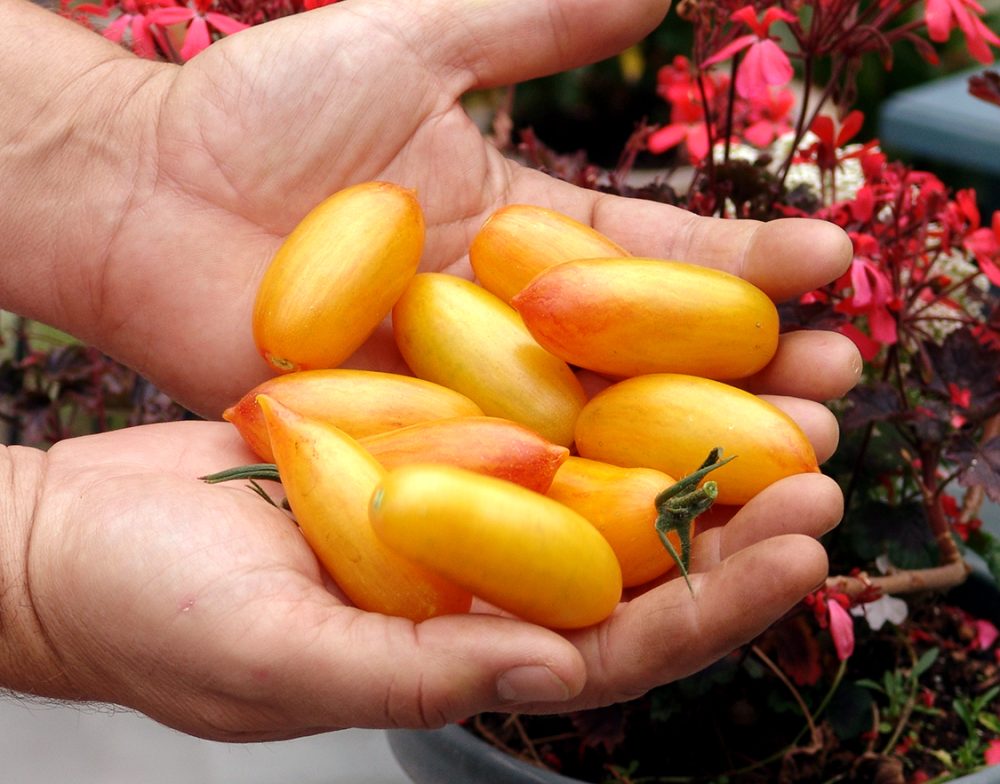

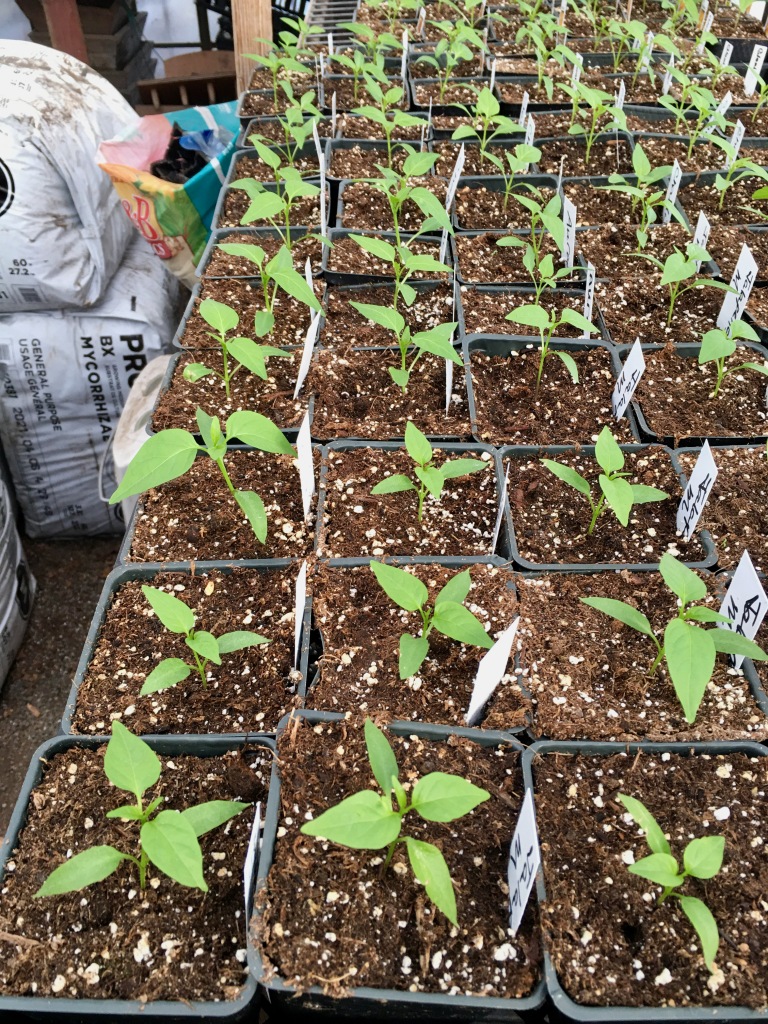


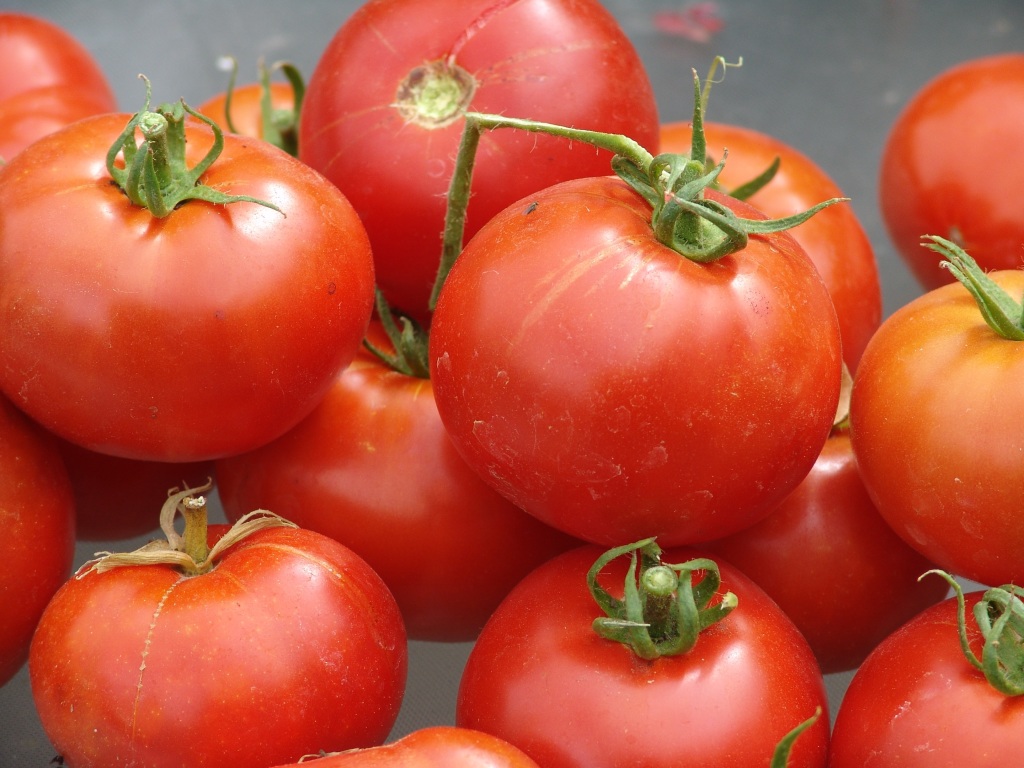

 So many people come to me with questions about their gardens. I think one of the cutest things they tell me, is that they keep getting blossom end rot on their summer squash. You know, where, you get all excited because it is your first squash of the season. Every day you check on it with anticipation. Then, the horror of horrors, it starts turning yellow! Aaaahh! You babied it, watered it, fertilized it. Now, this.
So many people come to me with questions about their gardens. I think one of the cutest things they tell me, is that they keep getting blossom end rot on their summer squash. You know, where, you get all excited because it is your first squash of the season. Every day you check on it with anticipation. Then, the horror of horrors, it starts turning yellow! Aaaahh! You babied it, watered it, fertilized it. Now, this.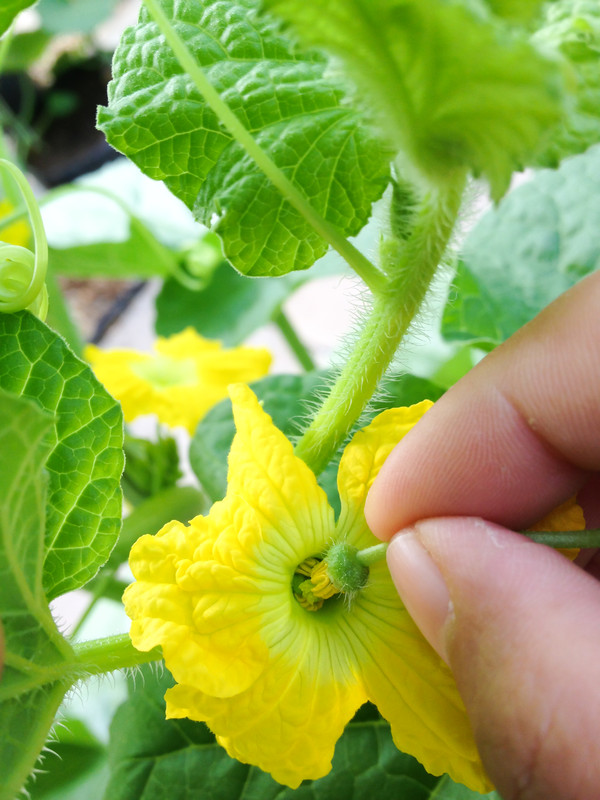
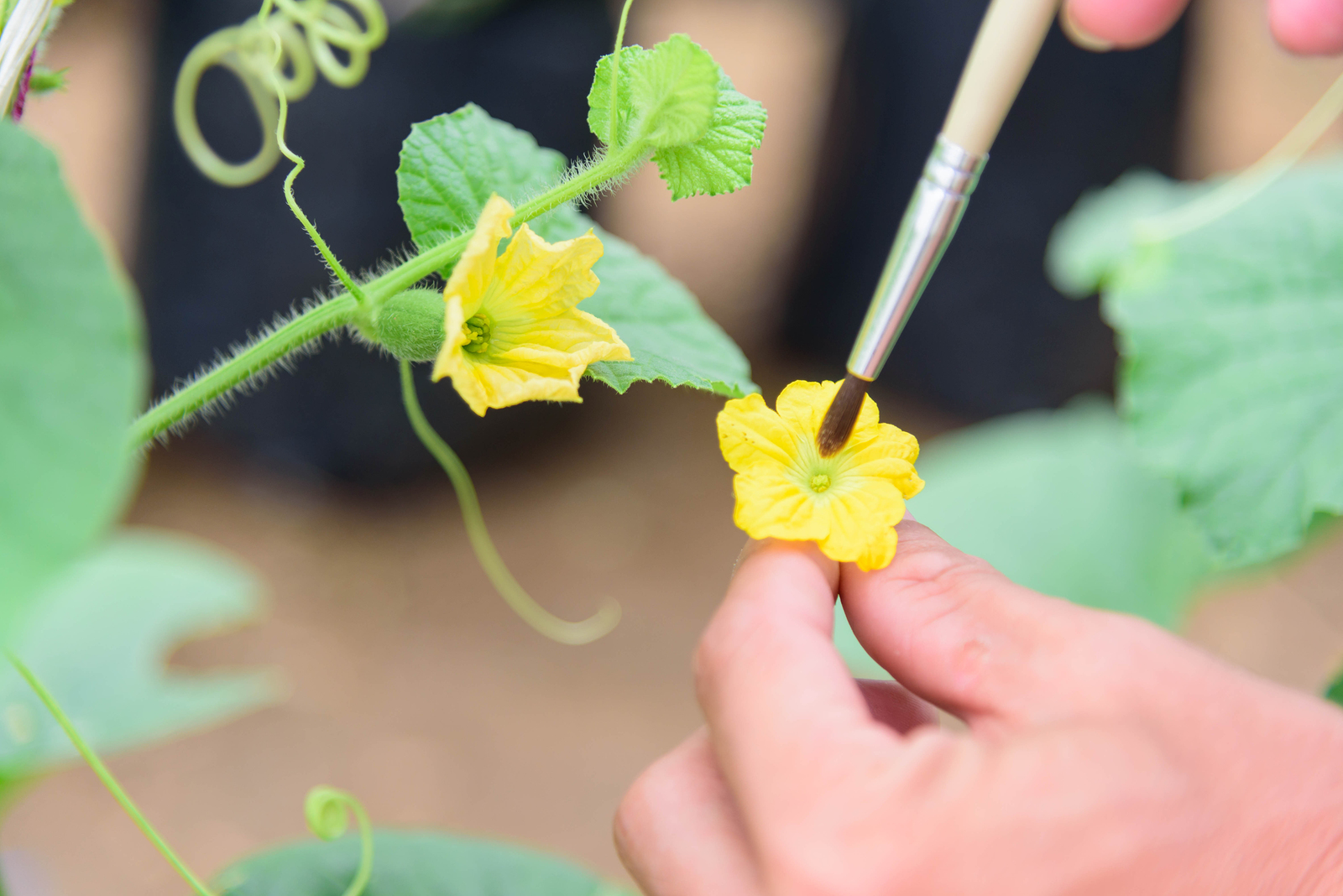








 We have been picking broccoli for quite a while now, today, I picked our cauliflower. One was a gorgeous purple and the other a beautiful cheddar yellow. First time I’ve ever grown cauliflower and got something besides a softball size, insect-eaten, inedible object, sprouting flowers. My first introduction to colored cauliflower came from Winco. One day, they were sitting in the produce aisle. As you know I love color. They taste exactly like the white ones but are prettier. Great for a veggie tray although I see cheese sauce in it’s future.
We have been picking broccoli for quite a while now, today, I picked our cauliflower. One was a gorgeous purple and the other a beautiful cheddar yellow. First time I’ve ever grown cauliflower and got something besides a softball size, insect-eaten, inedible object, sprouting flowers. My first introduction to colored cauliflower came from Winco. One day, they were sitting in the produce aisle. As you know I love color. They taste exactly like the white ones but are prettier. Great for a veggie tray although I see cheese sauce in it’s future.


